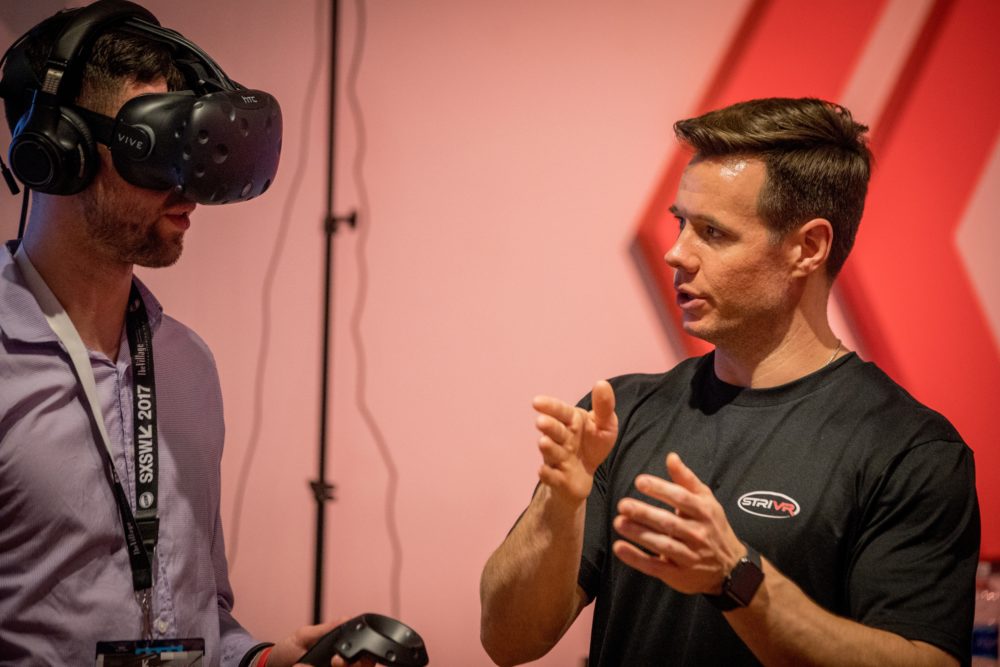
If you’re familiar with companies in the VR space you’ve likely heard of STRIVR, a leading name in the immersive performance training space. (If you don’t know who they are definitely look them up right now!) STRIVR is used by some of the world’s most respected organizations, from professional sports teams to Fortune 100 companies. Their platform utilizes immersive VR to help individuals learn faster and more effectively, which improves reaction time, pattern recognition, and decision making in the real world. However, there’s one thing that you might not know; three Coeur d’ Alene, Idaho natives work for the company. We recently had the chance to connect with two of them to find out a little bit more about their roles at STRIVR, how they got involved in virtual reality and where they see the industry heading. Here’s what they had to say!
Phil Giesen - Sales Consultant
What got you interested/involved in VR?
My good friend and fellow Coeur d'Alene high school alum Andrew Wasserman contacted me about STRIVR when I was working in medical device sales. I had heard plenty about VR but mostly considered it a gaming industry technology that was beginning to expand. Andrew and I had a long conversation back in August of 2015 right before I joined STRIVR about this new company he was working with and if I knew anyone who would be a good fit. I was happy in medical device, but at the end of the conversation he said, "Well, you would be my first choice for this." It really got me thinking about how medical device sales will probably always be an option, but a VR startup working with NFL and college football teams isn't something you hear very often. I quit my job a couple weeks later.
Tell us about your work and role at STRIVR.
I started with STRIVR when it was purely a sports training company. We primarily worked with training Quarterbacks at the college and NFL level to make better decisions by giving them a more realistic viewpoint of their practice film. I'm part of the team that is still involved in this and for the last year I've been with the Minnesota Vikings. Any day they practiced last spring or fall I was on the field with the team filming and editing the footage for the team. I'm the lone STRIVR employee who still lives in Coeur d'Alene so that was a tall order travelwise. It has been a tremendous learning experience being in the building with the players and looking to help make VR a part of the players everyday routine.
Where do you see VR in the next 5 years?
Seeing how much things have changed in the almost two years I've been with STRIVR I imagine VR to be a part of training for the majority of major companies across the globe at least in some aspect of the training curriculum.
What are ways you think Idaho can best support more VR development?
There's no surprise that silicon valley is ridiculously expensive. If Idaho can attract some talent with the ability to have much more affordable commercial space and easier access to the outdoors they might have a chance to attract some of these smaller companies.
What companies do you see leading the charge in VR and why?
I think many of the largest companies in silicon valley will have a hand in the VR market. I think Apple, Google, Samsung, HTC, Oculus are all companies that prove VR is going to be a big part of their plans going forward. Of course in the VR training world I think we've done some great things at STRIVR and I think we can continue to lead the pack especially with this enterprise vertical that includes Wal-Mart as a major client.
 Shawnee Baughman - Product Manager
Shawnee Baughman - Product Manager
What got you interested/involved in VR?
My interest in VR began during my undergraduate career at Stanford when I took a class with Professor Jeremy Bailenson called "Virtual People." I was immediately drawn to the social science research that Professor Bailenson was heading up at the Virtual Human Interaction Lab and wanted to get involved. I began research assisting in the lab and soon after was granted the opportunity to conduct a study myself as an honors thesis project. The study, entitled "Virtual Superheros", was an attempt to discover whether a unique empowering virtual experience (like becoming a superhero in VR) would result in an increase of pro-social behavior in real life. And according to our research, it did! Following my undergraduate studies, I continued working in the VR lab while completing my Master's degree; and following the completion of my masters I was hired to manage the lab full time. My lab manager position began just as Derek Belch (STRIVR's CEO) was completing his Master's project, which focused on using VR to train quarterbacks. I was very familiar with the project and it's progression and continued to watch in awe as Derek turned his project into a flourishing company. Two years later, after managing many VR research projects and meeting thousands of VR influencers in the lab, STRIVR remained to be one of the most interesting and innovative companies on the market. When I knew it was time for me to transition from academia to industry, STRIVR was my first choice.
Tell us about your work and role at STRIVR.
I am a Product Manager at STRIVR. I use my background in VR research to inform the decision we make about developing successful training projects in VR. Often times, I am thinking through ways in which VR can out-perform other media methods for training and figuring out how to build the experiences in a way that is intuitive and easy-to-use.
Where do you see VR in the next 5 years?
I believe that VR is here to stay. While I don't think that headsets will necessarily be in everyone's living rooms in the next 5 years, I do think that we'll start to see VR being incorporated into our everyday lives within that span of time. Whether you're training in VR at work, engaging in a VR attraction at the mall, or using VR to relieve anxiety while you're at the doctor's office; more of us will be engaging in immersive content than ever before.
What are ways you think Idaho can best support more VR development?
Well, knowledge is power. I think the primary barrier for VR development and dissemination is the fact that most people either do not know what VR is, or don't fully understand it.Providing the public with opportunities to engage with and experience the technology and content is a huge first step to overcoming that barrier. This is not my quote, and I believe it originated in reference to something else entirely, but it works well anyway: Talking about VR is like dancing about architecture. The more opportunities we can provide to the public to experience VR for themselves (and to experience good VR), the more we can grow as an industry.
What companies do you see leading the charge in VR and why?
Well the hardware and platform companies are often driving a lot of innovation. So we owe a lot to Facebook (Oculus), Google, HTC, Samsung, Valve, NVIDIA, Unity, etc… But I also see a lot of progress being driven by companies that are attempting to push the envelope of what a VR experience should be. It doesn't have to be confined to entertainment or games; we can use VR to better many aspects of our lives. I'd like to think STRIVR is a part of this latter group, and I'm proud to be a part of it.
Thank you to Phil and Shawnee for sharing your stories with the IVRC and hopefully we will see you in Idaho soon!
If you’d like to connect with Phil or Shawnee you can reach them through LinkedIn.

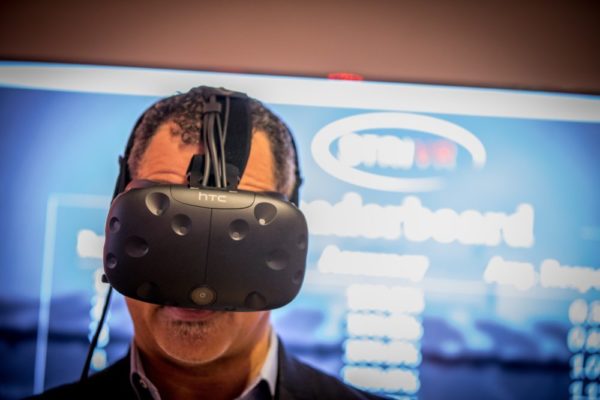
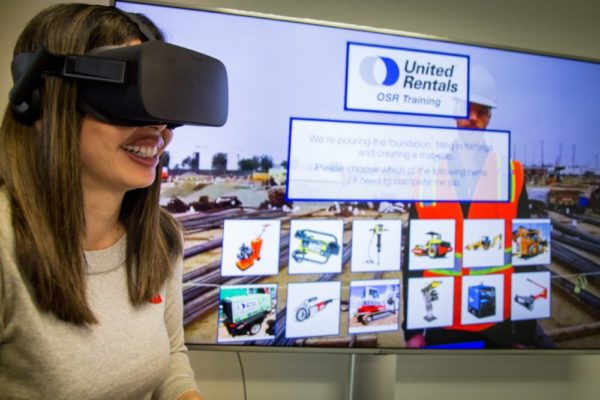
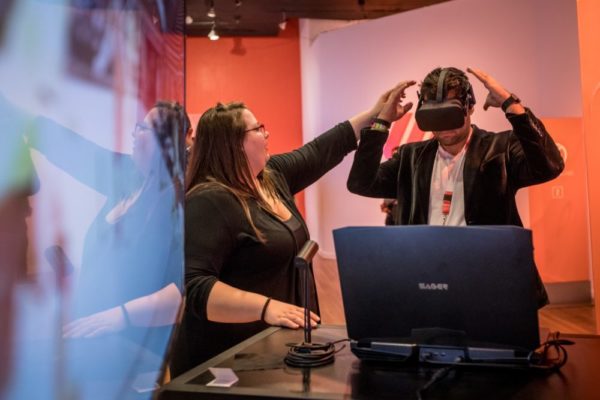
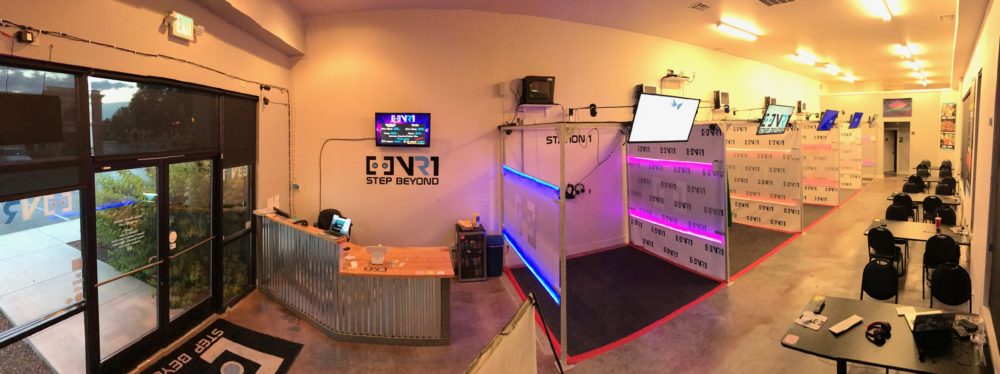

Recent Comments